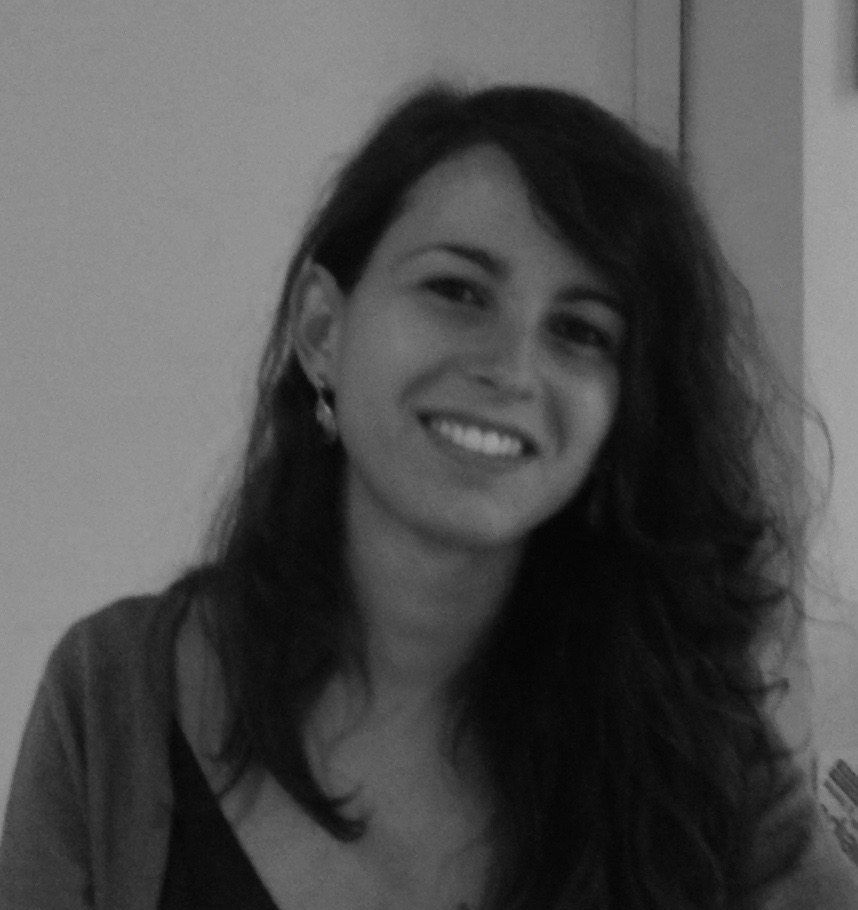100 years after Bauhaus, a movement that radically changed art, design and architecture in Germany and beyond, the European Commission has launched a New European Bauhaus to rethink our lifestyles and shape future ways of living that respond to today’s broader challenges. The key points of the project are accessibility, inclusion and sustainability.
“Tackling climate change and taking care of our environment requires us to rethink the way we live. That is why we are presenting the New European Bauhaus today.” With these words last November, Ursula von der Leyen launched the green project that aims to redesign Europe.
Inspired by the principles of Gropius's Bauhaus, the New European Bauhaus is a new environmental, economic and cultural project for the countries of the European Union, involving companies and civil society in “a wave of restructuring throughout Europe, while making the EU leader in the circular economy”, as von der Leyen also stated.
The new European Bauhaus as a cultural and interdisciplinary experience
The New European Bauhaus was born from the desire to render the Green Deal a cultural experience, tangible and shared by European citizens with the aim of building a new future together. The COVID-19 crisis has shown us how everything is interconnected and it’s no longer possible to think of society, economy and countries in watertight compartments separated from each other. The NEB aims to promote the exchange of knowledge between people across Europe through an interdisciplinary project. Given the climate challenge we face, the new European Bauhaus leverages human creativity to find living solutions that incorporate sustainability and circularity, quality of experience and aesthetics, inclusion and affordability.
What is the NEB?
It’s reservoir of thought and creativity. It’s also a design laboratory, an accelerator and a network at the same time. The New European Bauhaus aims to be a creative and interdisciplinary movement, to develop a meeting space where sustainable practices are recovered, the most visionary current practices are valued and future ways of living are designed, at the crossroads of art, culture and science. Creativity, innovation and imagination are the focus on which the NEB rests. These focal points allow to experiment and re-imagine places and spaces to live better together in the post-pandemic.
It’s a transversal project that cares about the quality of life of European citizens without losing sight of green and digital innovations. It’s also a transformational project that wants to inspire behavior, change society’s thought-process, attract markets and influence public procurement to enable new and sustainable ways of living. Even if it was born with the main focus on building, the ultimate goal is to go beyond buildings to bring benefits to the whole society, on one hand revisiting the European cultural heritage and on the other shaping its future. A future that will be co-created and accomplished in an innovative and inclusive way.
Design, delivery, dissemination
There are three phases planned for the New European Bauhaus: Design, Delivery and Dissemination.
After inviting various individuals and institutions to present their ideas, in the first collective design phase that lasted from October 2020 to June 2021, and after gathering concrete contemporary contributions and examples, the European Commission will recapitulate the key principles that emerged from the listening phase and translate them into proposals for action with a policy document, the Commission Communication. At the same time, the initial group of partners will be working to broaden the scope of the new European Bauhaus and build an open community that combines international cooperation with local action.
In September, the implementation phase, i.e., the development and implementation of new pilot projects, began. The projects will be followed and monitored closely with the aim of sharing the lessons learned from the first experiments. The delivery phase will then focus on presenting good ideas and practices across Europe and the rest of the world. The aim is to create networks and share knowledge in order to identify open and replicable methods, solutions and prototypes, making them available to cities, localities, architects and planners. Starting a dialogue with citizens, businesses and academia and strengthening urban institutional capacities will also be crucial.
Finally, starting in January 2023, the third and final phase is planned: the dissemination phase, with its expansion of the ideas and actions that have emerged and the reaching of a wider audience in Europe and around the world.



